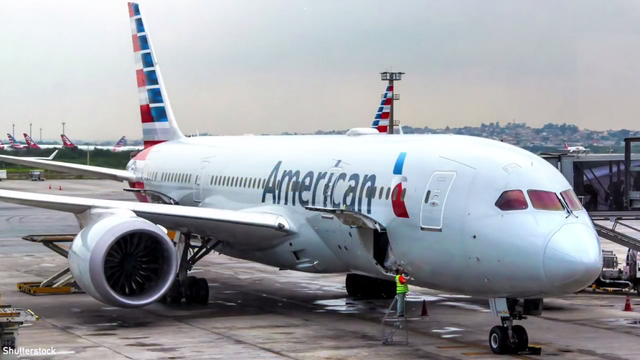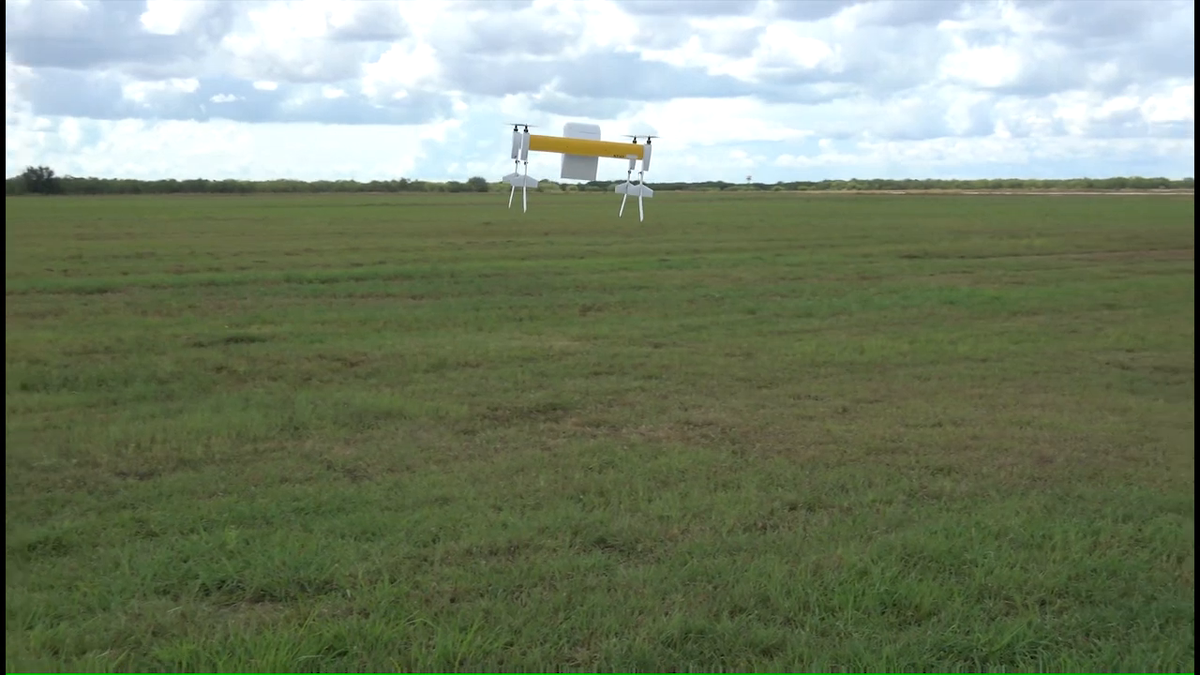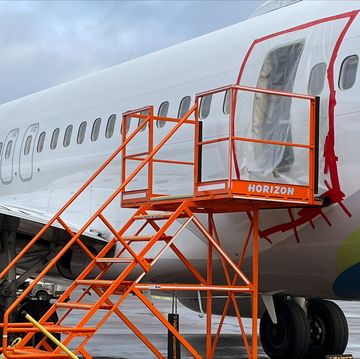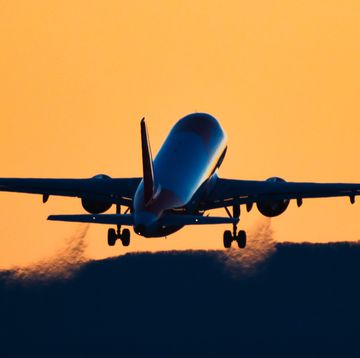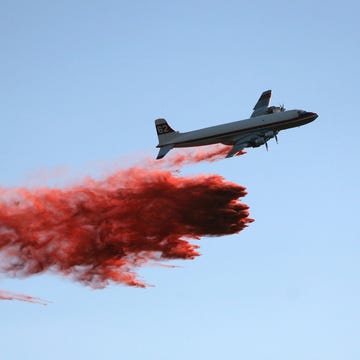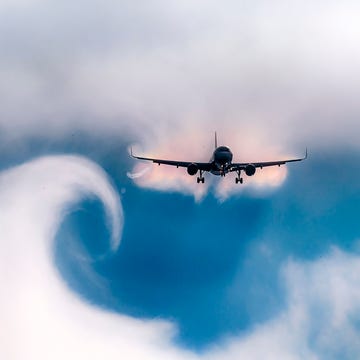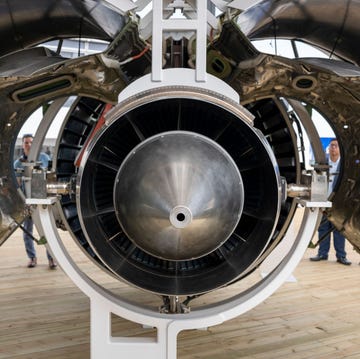Government regulations have a reputation of being burdensome red tape. But at their best, and especially in potentially dangerous situations like airplane flights, regulations can make sure companies are in the right position when something goes wrong. Wendover Productions takes a look at the ETOPS ratings, or Extended-Range Twin Engine Operational Performance Standards. It's a mouthful, but it's saved lives flying over the Atlantic.
Early combustion engine planes were notoriously unreliable, leading regulators at the FAA to say it would "be a cold day in hell" before they would let a small plane with only two engines fly over the open ocean. If one engine failed, what guarantee could there be of a safe landing? The question shaped an industry, creating norms where only large planes with four engines, like the 747, could fly long distances away from land.
As engines became more reliable, the airline industry started pushing back. The government adapted and developed the ETOPS rating system, which measures in minutes how long a plane is allowed to fly away from land. With an ETOPS rating, airlines must develop backup systems to prepare for housing and feeding all passengers for 48 hours.
It sounds like a lot, but last year the regulations proved to be vital for American Airlines flight 288 from Shaghai to Chicago. Facing engine issues, the plane was forced to detour to tiny Cold Bay, Alaska, home of one largest runways in the state dating back to World War II. Flight attendants had enough meals on hand to feed everyone, housing arrangements were made in nearby Anchorage, and the passengers continued on the next day.
Things going right rarely get the headlines that things going wrong do, as United recently found out. But incidents like flight 288 show that regulations like ETOPS can provide guidelines that make the unexpected a little more tolerable.
David Grossman is a staff writer for PopularMechanics.com. He's previously written for The Verge, Rolling Stone, The New Republic and several other publications. He's based out of Brooklyn.
